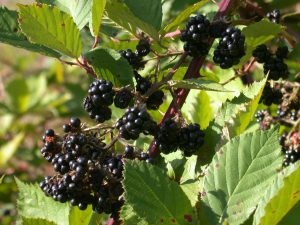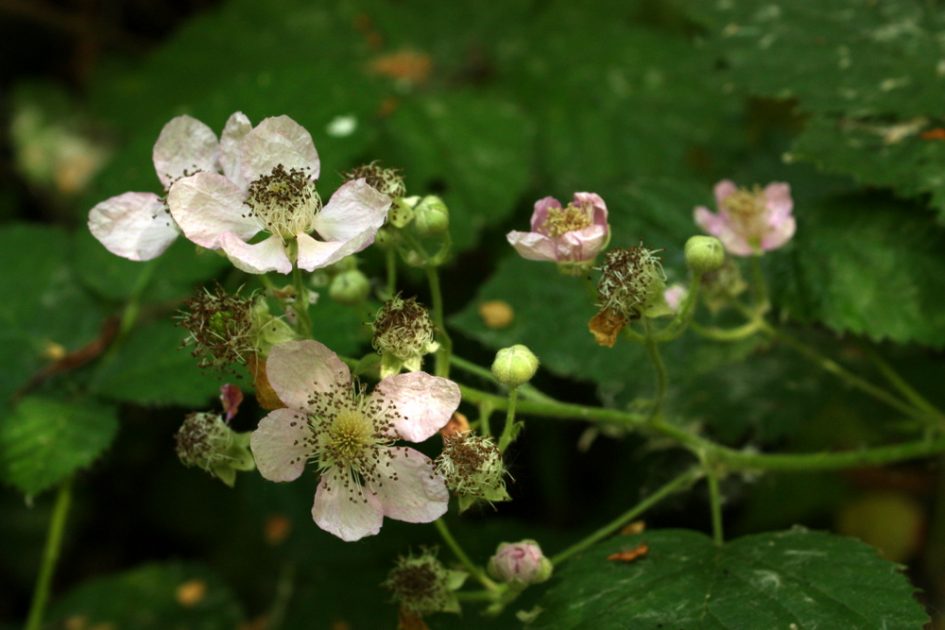
This weeks invasive species I looked into is the Himalayan blackberry, a very commonly known plant, especially around the Southern tip of Vancouver Island. I love love love blackberry season! My father and I always go out around the second week of August and pick multiple pounds of berries for eating fresh and freezing for smoothies! The blackberry bush is a plant I have known my whole life as a part of Victoria, I never once thought it would have been invasive.
According to the ISC, in BC the bush is found in the Lower Mainland, Sunshine Coast, Fraser Valley, Gulf Islands, central to southern Vancouver Island, Queen Charlotte Islands, the Okanagan, and the West Kootenay areas. —Now think about how much land is talked about here, and imagine the areas infected if they were clear of a dominating bush and instead full of different diverse native plants.
A reason this plant is so invasive is because the plant breeds by root and stem fragments as well as the berry seeds, so basically they will grow and conquer no matter what. The roots grow into thickets and they are just that: THICK. This suffocates low growing native plants, and builds shad barriers that kills off plants and trees that require sun. All of this even makes the pathways for animals harder or completely changes them. The thickets increase flooding risk by making unstable banks.
So where did they come from? Who brought this plant here?
In short the plant is native to Armenia, and was introduced outside of its native range to be a cultivated crop because of the delicious berries, but this quickly got out of hand because of the plants ability to adjust to temperatures. Also BIRDS. The seeds stay viable for a long time so birds eating the berry doesn’t properly digest the seed and when they…poop…the seed is dropped off into a nice new area to grow in.
Can we prevent spread???
I am now going to insert some highlights form a prevention list found here:
• Monitor for Himalayan blackberry on both disturbed and undisturbed areas.
• Do not purchase, trade, or grow Himalayan blackberry. Instead, grow regional native plants as they are naturally adapted to the local environment and are non-invasive.
• Remove plants, plant parts, and seeds from personal gear, clothing, pets, vehicles, and equipment. Wash vehicles, including tires and undercarriage, and equipment at designated cleaning sites before leaving infested areas.
• Bag or tarp plants, plant parts, and seeds before transporting to a designated disposal site (e.g. landfill).
• Take special care when controlling Himalayan blackberry near streams or ditch lines, to prevent the movement of plant parts downstream.
• Maintain or establish healthy plant communities that are resistant to invasion by invasive plants.

Leave a Reply